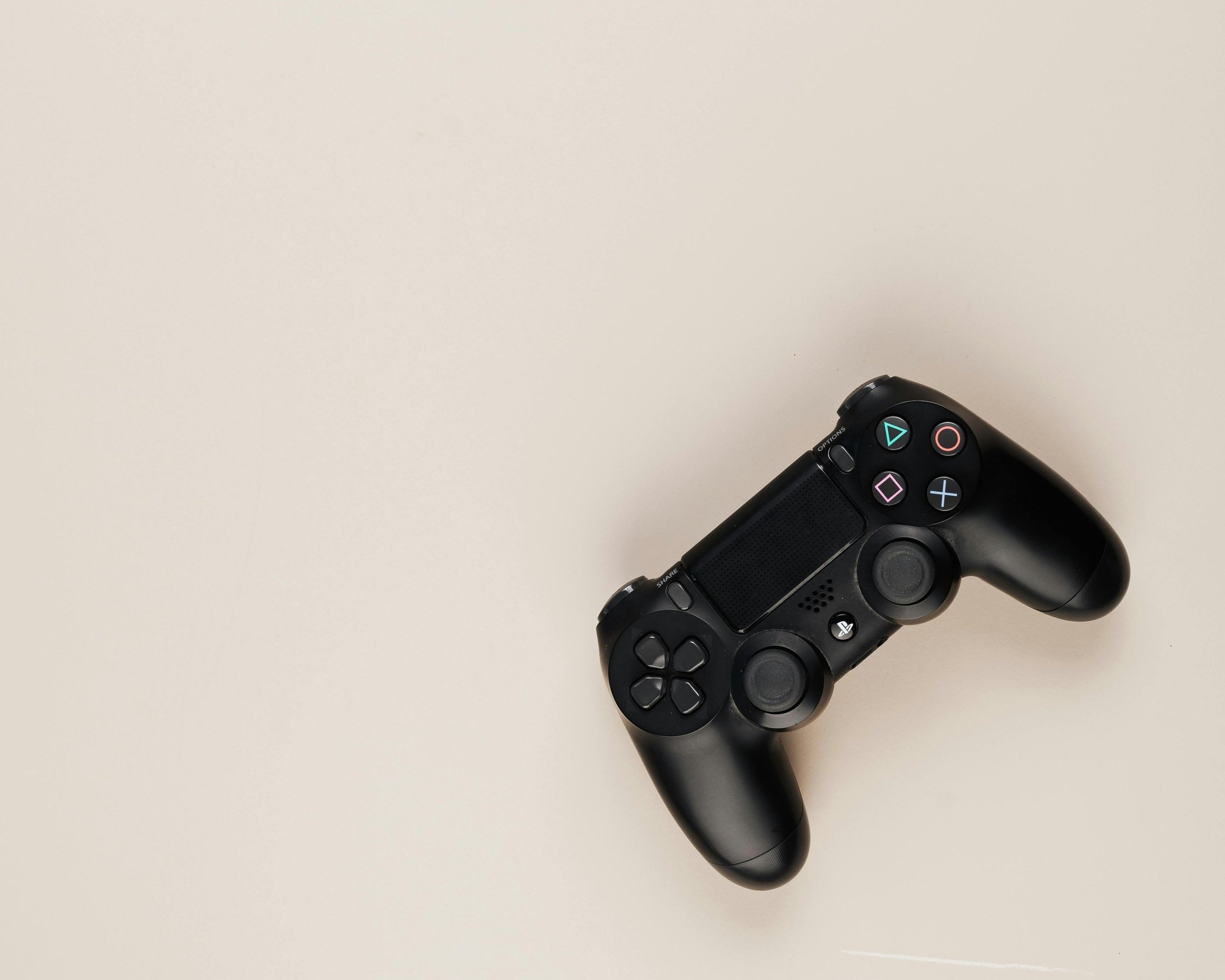A Chink in the Armor: Problems with Patentability of Fundamental Game Mechanics
Ctrl+C, ctrl+V. Video games often reuse mechanics, but when does copying cross the line? While patent law protects game mechanics, the question arises: how much should genre-defining mechanics be protected? As developers innovate, balancing originality with legal boundaries becomes crucial in shaping the future of game design.
Attribution
Controller by Kaboompics.com on Pexels
In 2021, Pocketpair, a Japanese video game developer based in Tokyo, released Palworld, an open-world game frequently referred to by fans and critics as “Pokémon with guns.” In Pokémon and Palworld, players capture mythical creatures roaming various zones and then use them to capture stronger and rarer creatures to progress the game. Nintendo is a known titan in the video-game industry while Pocketpair has only recently come into the limelight, owing largely to its relatively recent inception in 2015. Setting aside their histories, what distinguishes the two games these developers have created? Unlike Pokémon, where the sole purpose of capturing creatures is to build a strong team to progress the game, in Palworld you can put your ‘Pals’ to work, assigning them various building and crafting tasks throughout your base. Additionally, Pokémon players rely entirely on their Pokémon to deal damage and the playable character in Palworld is self-sufficient and capable of equipping and using both melee and ranged weapons.
On September 19, 2024, Nintendo announced the somewhat long-anticipated patent infringement lawsuit against Pocketpair. According to the Palworld developer, the case comprises three fundamental patents intended to protect specific mechanics within the Pokémon games.
The three patents in question essentially concern two game mechanics that are fundamental to both Palworld and Pokémon. The first mechanic, the “Pokéball,” is governed by two patents: the first involving capture and the second involving release. The second mechanic involves mounting an object to ride while already airborne. Upon closer inspection, it becomes clear that these specific patents were filed after Palworld’s release in January 2024. These are “divisional patents” based on an earlier priority application from 2021. According to Article 4G of the Paris Convention, if a patent application includes multiple inventions, the applicant can split the application, retaining the priority date of the original. This allows patent applicants, the video game developers, to file a governing application initially and then reactively file as issues emerge. To no real surprise, the initial filing seems to have been prompted by the release of Palworld. The game was first announced in June 2021, following Pocketpair’s earlier success with Craftopia, which has faced frequent criticism for closely resembling Nintendo’s Zelda franchise.
Short of these two game mechanics, Palworld and Pokémon appear to be fundamentally different games. The question we have been getting to this whole time becomes clear: how can fundamental game mechanics be patented and protected, and what does that mean for future game development?
Consider, for a moment, the “Dark Souls” franchise: a punishingly difficult action RPG series known for intricate world-building, profound lore, and challenging combat. These games developed a loyal player base and ultimately popularized a new genre, aptly termed souls-like games. In 2019, Gunfire Games developed the game Remnant from the Ashes, a souls-like game highly reminiscent of the Dark Souls franchise, aptly termed: Dark Souls with guns. This is by no means the sole instance of similarities between games. The game Satisfactory was heavily criticized for essentially being Factorio 2.0, and even in the last week, a roguelike game has been released in open beta called Sworn, which bears an incredible resemblance to the popular roguelike Hades.
So, where does game similarity end and patent infringement begin? There’s the obvious answer, upon patent application, and then the more convoluted one. Within Palworld, the movement mechanic allowing one to mount a ridable object while airborne is not necessarily what one might term a fundamental game mechanic. While it is convenient to have smooth movement mechanics while traversing the massive open world, this is not necessary for the function of the game. On the other hand, just as boss fog is a fundamental game mechanic for Dark Souls and Remnant from the Ashes, the ability to throw either a “Palsphere” or “Pokéball” is a fundamental, genre-defining mechanic in Palworld and Pokémon. Limiting the use of fundamental game mechanics, such as throwing a ball at an in-game enemy to capture it or throwing the ball into space to release the creature for combat, limits the creation of new genres. This is not to say that game mechanics should not be protected; it is quite the opposite. Stylistically identical games aren’t any fun to play. However, because of this disinterest from the consumer base, game developers are forced to innovate, even while staying within the prescribed lines of a given genre.
Much of the gaming industry appears to have accepted the inherent limitations in what is protectable in game design and development. Mechanics that are obviously fundamental to the genre have a history of repetition across projects. Still, the minor, intricate details that distinguish games within genres are often subject to more specific protection. As this suit develops or settles, the results will likely help define the protectability of genre-defining mechanics and could lead to limitations in future game design.

